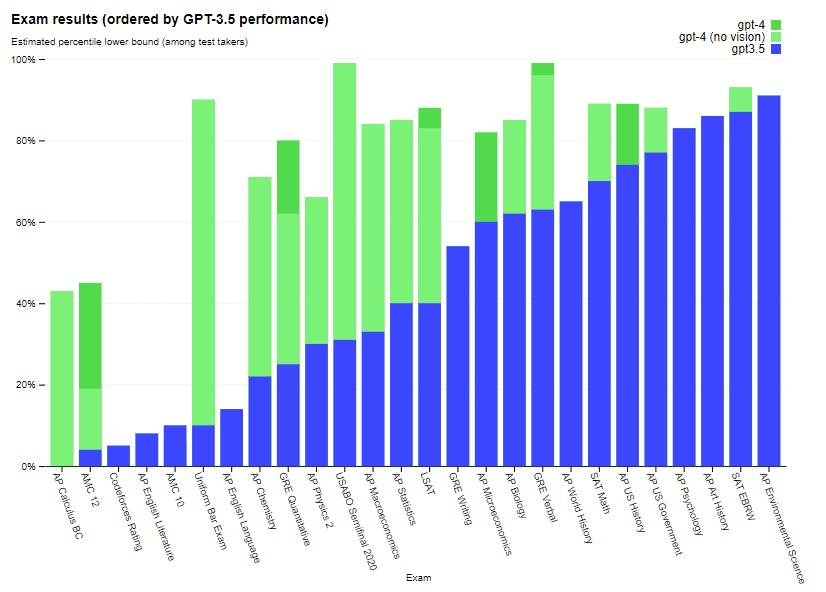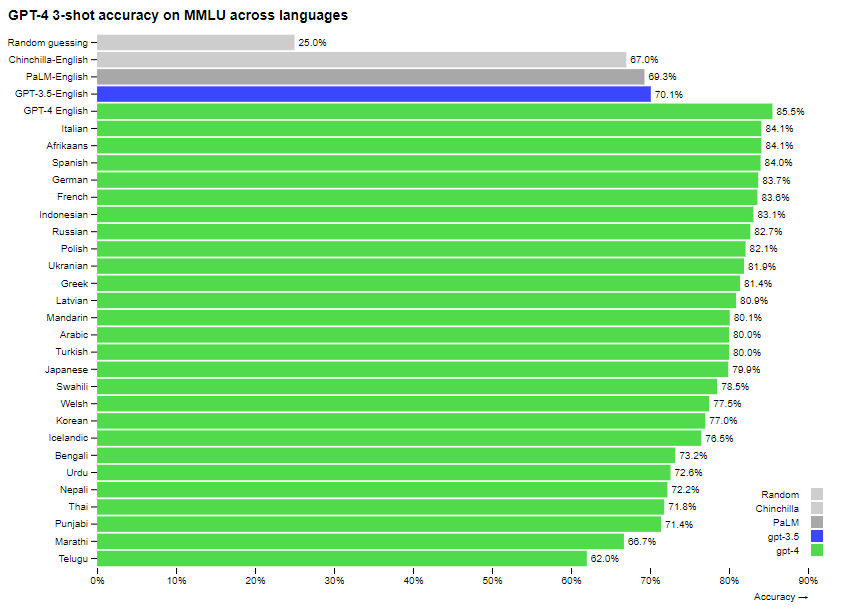Join our Mailing List to hear more!
Join the mailing list to hear updates about the world or data science and exciting projects we are working on in machine learning, net zero and beyond.

As the CEO of SeerBI, a leading data science agency, I have witnessed firsthand the transformative power of artificial intelligence and machine learning. From predictive analytics to natural language processing, these technologies have revolutionized the way we understand and interact with data. One of the most groundbreaking developments in recent years has been the introduction of OpenAI’s GPT-3 model. In this blog post, I want to explore the recently released next-generation GPT-4 model and discuss its potential impact on traditional industries.

What is GPT-4?
GPT-4, or Generative Pre-trained Transformer 4, is a state-of-the-art natural language processing (NLP) model developed by OpenAI. It builds on the successes of its predecessor, GPT-3, with significant improvements in terms of scale, capability, and efficiency. GPT-4 has been trained on a vast dataset, which allows it to generate human-like text, answer questions, summarize articles, translate languages, and even write code and give feedback based on image inputs via its API and ChatGPT interface.
The GPT-4 model utilizes a transformer architecture, a type of neural network that can handle long-range dependencies within text. Transformers consist of multiple self-attention layers, enabling them to process and generate sequences of data effectively. GPT-4’s architecture is particularly notable for its size, with billions of parameters allowing for an unprecedented level of comprehension and generation.

Technical Highlights of GPT-4
While GPT-4 shares many similarities with GPT-3, there are some key differences that set it apart:

Code Example: Text Generation with GPT-4
To give you a glimpse of GPT-4’s capabilities, let’s take a look at a simple code example using the OpenAI API:
import openai
openai.api_key = "your-api-key"
response = openai.Completion.create(
engine="gpt-4",
prompt="Write a short paragraph about the impact of AI on Maritime.",
max_tokens=50,
n=1,
stop=None,
temperature=0.8,
)
generated_text = response.choices[0].text.strip()
print(generated_text)
In this example, we use the OpenAI API to generate a paragraph about the impact of AI on healthcare. By setting the temperature parameter to 0.8, we control the creativity of the output, ensuring it remains coherent and contextually relevant.

Impact of GPT-4 on Traditional Industries
GPT-4’s incredible capabilities have the potential to disrupt traditional industries in various ways:

Challenges and Ethical Considerations
As with any powerful technology, GPT-4 presents challenges and ethical concerns that must be addressed. Some of these include:

The Role of SeerBI in the GPT-4 Era
At SeerBI, we are excited about the opportunities presented by GPT-4 and are committed to harnessing its potential to benefit our clients across various industries. We believe that by combining GPT-4’s capabilities with our expertise in data science, we can deliver unparalleled value to businesses and society as a whole.
Our approach includes:

The arrival of GPT-4 represents a significant milestone in the world of AI and data science. Its potential to transform traditional industries is immense, and its impact will undoubtedly be felt across all sectors. As we embrace this exciting new technology, it is essential to remain vigilant about the potential challenges and ethical considerations that come with it.
At SeerBI, we are dedicated to leveraging GPT-4’s capabilities responsibly and ethically, delivering groundbreaking solutions that empower businesses and enrich our lives. We look forward to exploring the untapped potential of GPT-4 and leading the way towards a smarter, more connected future.
Join the mailing list to hear updates about the world or data science and exciting projects we are working on in machine learning, net zero and beyond.
Fill in the form below and our team will be in touch regarding this service
07928510731
[email protected]
Victoria Road, Victoria House, TS13AP, Middlesbrough